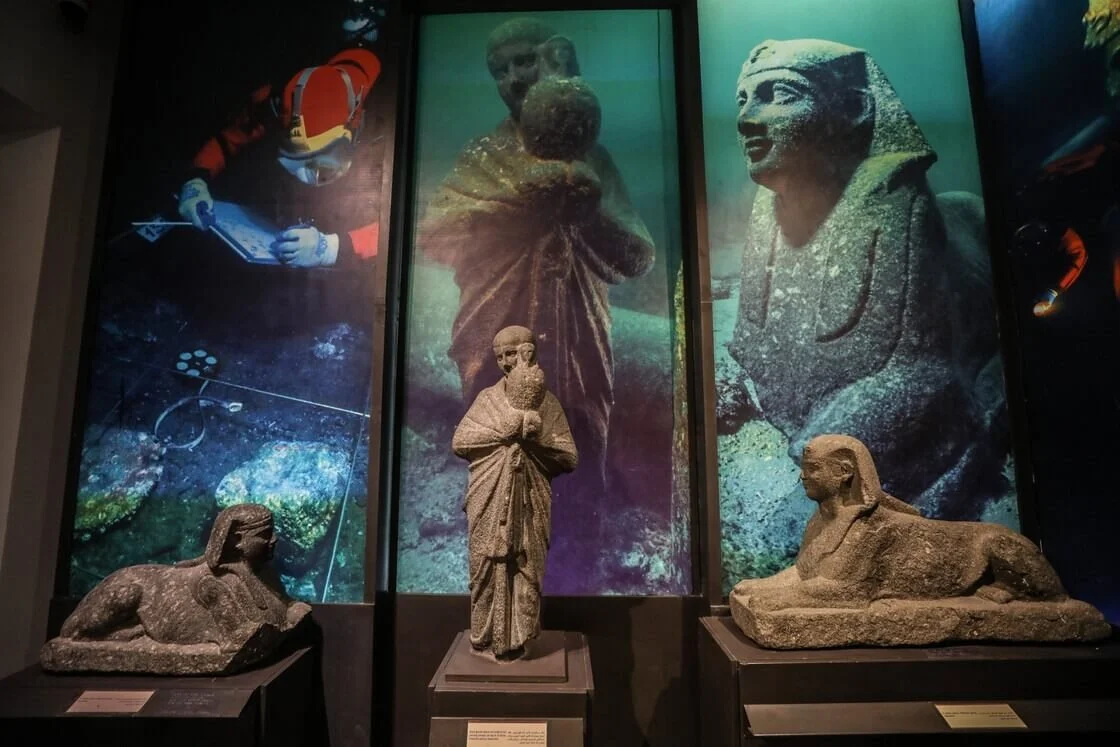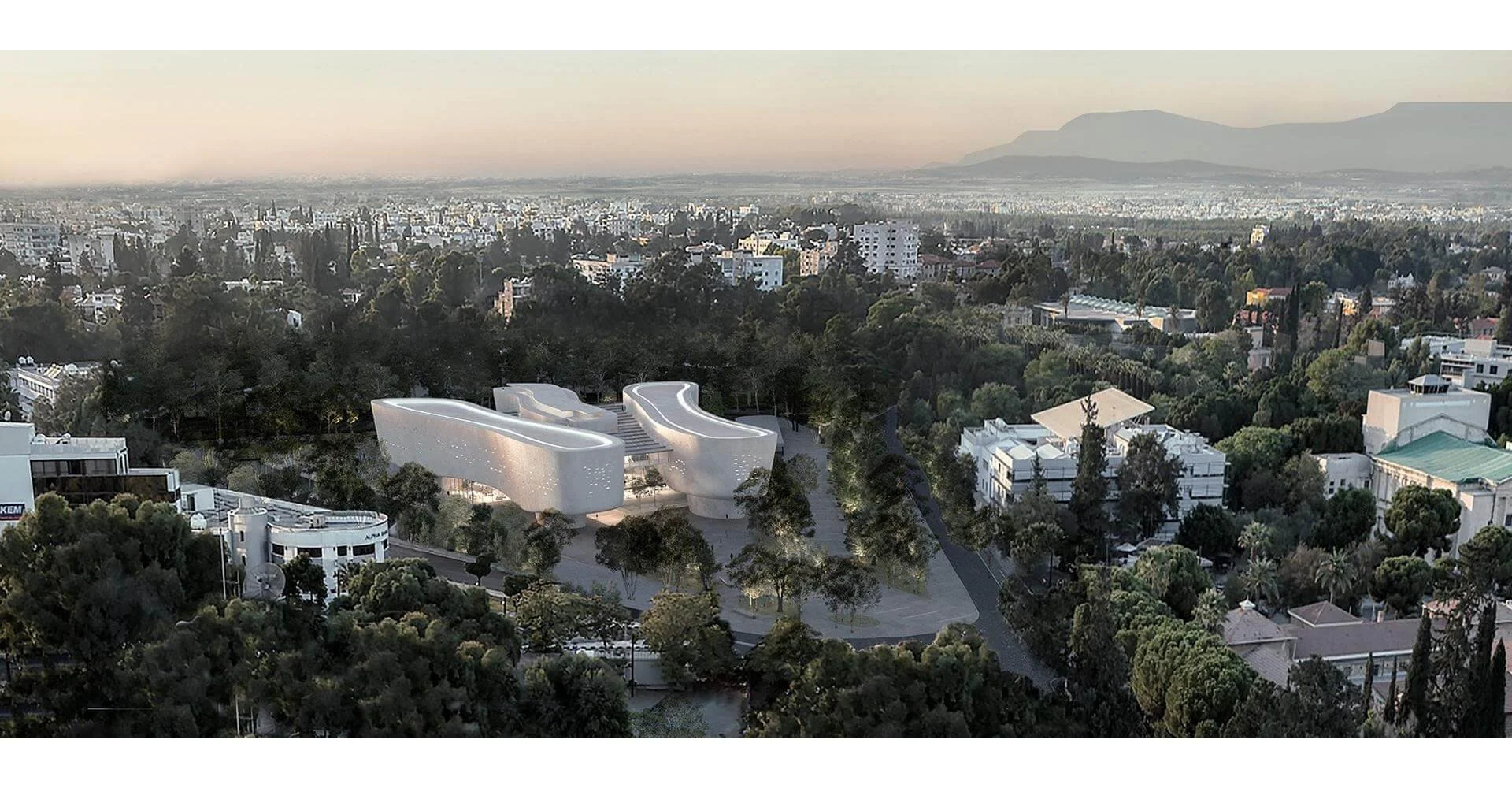Anthropologists in Greece have undertaken an awe-inspiring endeavor to shed light on the enigmatic Homo heidelbergensis, a relatively obscure cousin of the Neanderthals who roamed the Earth between 700,000 and 200,000 years ago. Using state-of-the-art facial reconstruction techniques, these scientists have meticulously crafted a portrait that offers a tantalizing glimpse into what Homo heidelbergensis might have looked like.
Homo heidelbergensis, an extinct species within the Homo genus, left behind a fossil record dating back to the Middle Pleistocene era, spanning across Africa, Europe, and possibly Asia. This species possessed distinctive features, including a prominent browridge, a larger braincase, and a flatter facial structure when compared to its older hominid counterparts.
One of the most remarkable aspects of Homo heidelbergensis was its ability to adapt to colder climates, characterized by its short and wide physique, likely an evolutionary response to conserve heat. Notably, this species pioneered the art of shelter-building, constructing rudimentary dwellings from wood and rock—a testament to their resourcefulness. They were also the earliest known hunters of large animals, leaving behind fossilized remains of wild creatures such as deer, horses, elephants, hippos, and rhinos, bearing telltale butchery marks. Wooden spears unearthed at sites like Schöningen, Germany, further attest to their prowess as hunters.
Frontal view of the portrait of Homo heidelbergensis from Petralona, Greece, with hair and skin pigmentation. Image credit: Aidonis et al., doi: 10.1016/j.jasrep.2023.104206.
The origins of the name "Homo heidelbergensis" can be traced back to 1908, when it was coined to accommodate the discovery of an ancient human jaw in a quarry near Heidelberg, Germany. However, it was only towards the end of the 20th century that this species gained broader recognition due to the unearthing of additional fossil specimens. Notable among these discoveries are specimens from Bodo in Ethiopia, Kabwe in Zambia, Ndutu in Tanzania, Petralona in Greece, Arago in France, and potentially Dali in China.
The ambitious task of reconstructing the face of Homo heidelbergensis was entrusted to anthropologist Christina Papageorgopoulou and her colleagues at Democritus University of Thrace. They turned to the well-preserved skull found in Petralona, Greece, a treasure trove of anatomical information that has played a pivotal role in unraveling the mysteries of our ancient relatives.
"The Petralona skull is one of the most anatomically complete human fossils of the Middle Pleistocene and a key paleoanthropological finding in Europe," emphasized the researchers. It was serendipitously discovered in 1960 during an amateur exploration of Petralona Cave, nestled in the rugged landscapes of Chalkidiki, Northern Greece.
The skull is kept in the Museum of Geology, Paleontology and Paleoanthropology of the Aristotle University in Thessaloniki
Currently housed in the Museum of Geology, Palaeontology, and Paleoanthropology of the Aristotle University of Thessaloniki, the Petralona skull has yielded critical insights. The scientists deduced that this skull belonged to a male individual, judging by its sexually dimorphic characteristics. Furthermore, the closure of cranial sutures indicated a young age, likely no older than 35 years, with an estimated body mass of approximately 52 kilograms.
To bring the face of the Petralona man to life, the team employed a cutting-edge Artec Spider 3D scanner to digitize a cast of the original skull. While the facial skeleton remained intact and undistorted, minor deformations in the rear of the vault and temporal bones had no bearing on the facial morphology. However, a key piece was missing—the mandible. In this critical juncture of reconstruction, the researchers turned to the Mauer jaw, often referred to as the holotype specimen of Homo heidelbergensis. This ancient relic, dated to approximately 609,000 years ago, provided a vital missing link.
The resulting facial approximation of the Petralona man showcased characteristic features: a sloped forehead, massive brow ridges, and facial robusticity that set Homo heidelbergensis apart from both Neanderthals and anatomically modern Homo sapiens. This meticulous reconstruction provides an invaluable window into the past and enhances our understanding of our distant ancestors.
"This facial approximation of the Petralona man represents a milestone in paleoanthropological research, marking the first hominin facial approximation derived from Greek material," the researchers remarked. While acknowledging the inherent limitations of facial approximation techniques, especially when applied to archaic hominins, they underscored the immense potential of this method in cultural, educational, and scientific contexts.
In an age marked by rapid technological advancements, encompassing fields like medical imaging, geometric morphometrics, ancient DNA analysis, 3D scanning, image processing, and virtual reality, facial approximation stands poised to become an invaluable tool for the dissemination of cultural heritage and scientific exploration. The unveiling of Homo heidelbergensis's visage is not just a tribute to our ancestral lineage but also a testament to the power of cutting-edge technology in reconstructing the past.
The team's groundbreaking research, which ushers us closer to our ancient relatives, has been published in the Journal of Archaeological Science: Reports, marking a significant milestone in our quest to understand the fascinating tapestry of human evolution.
References:
Asterios Aidonis et al., 2023 Digital 3D facial approximation of the Petralona skull Methodological issues and applications Journal of Archaeological Science: Reports 51: 104206; doi: 10.1016/j.jasrep.2023.104206.









